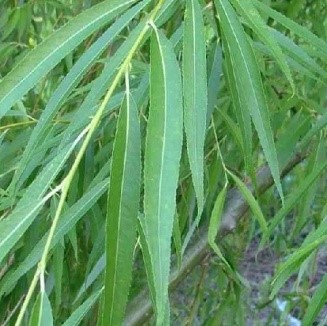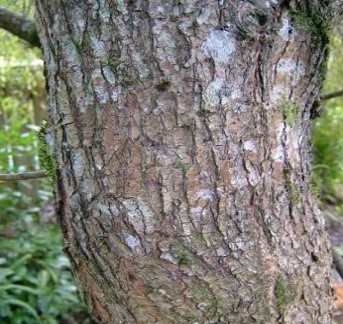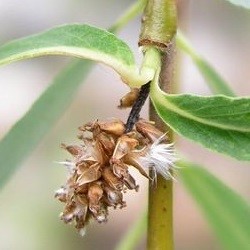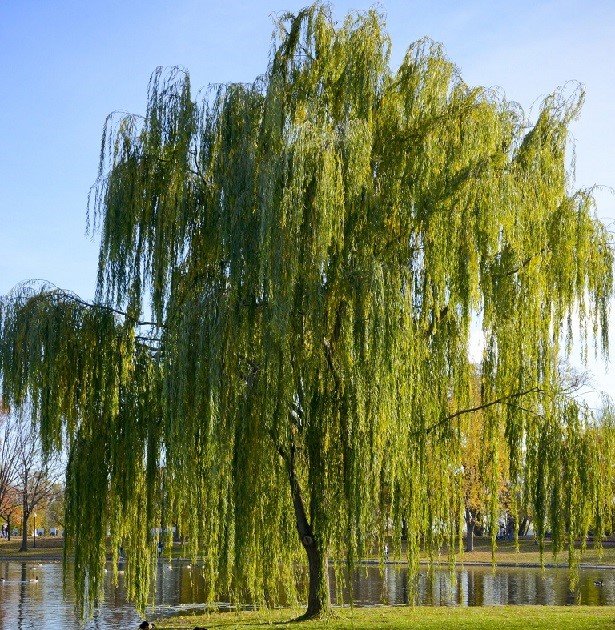Trees
Salix babilonica Oinn.
Salix babilonica Oinn.
Description :
A small to medium sized deciduous tree. The trunk is straight, with
spreading. Branches are pendulous and the crown is rounded. The leaves are
simple, long and narrow, 8 to 18 cm long and 1 cm wide. The leaf margins are
finely toothed with pointed tips. The bark is fissured, rough and ridged. It is
dioecious. The male and female catkins are yellowish, 2 to 3 cm long. The
catkins appear after the leaves have flushed. Flowering and seed production
occurs between February and March. Rust and powdery mildew are not uncommon on
the foliage and can become epidemic. Ganoderma wood rot is also a common
problem. It is reproduced from seed and by vegetative means. However most trees
result from root suckers or cuttings. Diameter growth of 1 to 2 cm/yr has been
reported. Height growth will average 1 to 2 m/yr. Grains are straight, fine,
and even textured having specific gravity of 0.49.
Distribution :
The
tree is native to central China. It is now grown extensively in many parts of
the world as an ornamental. In Pakistan it is found in the Himalayan Valleys
along water courses. It is specific to Azad Kashmir, Kaghan, and Swat. It has
been successfully planted in the plains, usually along water courses. A
moderately intolerant tree that grows on a variety of rich, sandy loam soils
that are well drained. It is adapted to a precipitation zone of 750 to 2250
mm/yr or more, in a temperature range of -2 to 40°C. It prefers a sub-humid,
semi-arid, sub-tropical, monsoon climate and is forest hardy.
Uses :
Its
fast growth and size make this a very desirable tree for use in a farm forestry
programs especially on wet sites. It is also a good tree to use on moist denuded
hills and gullied areas to check erosion. Also used as fuel, match sticks,
paper pulp, basket making, fodder and tannin, Landscaping.



